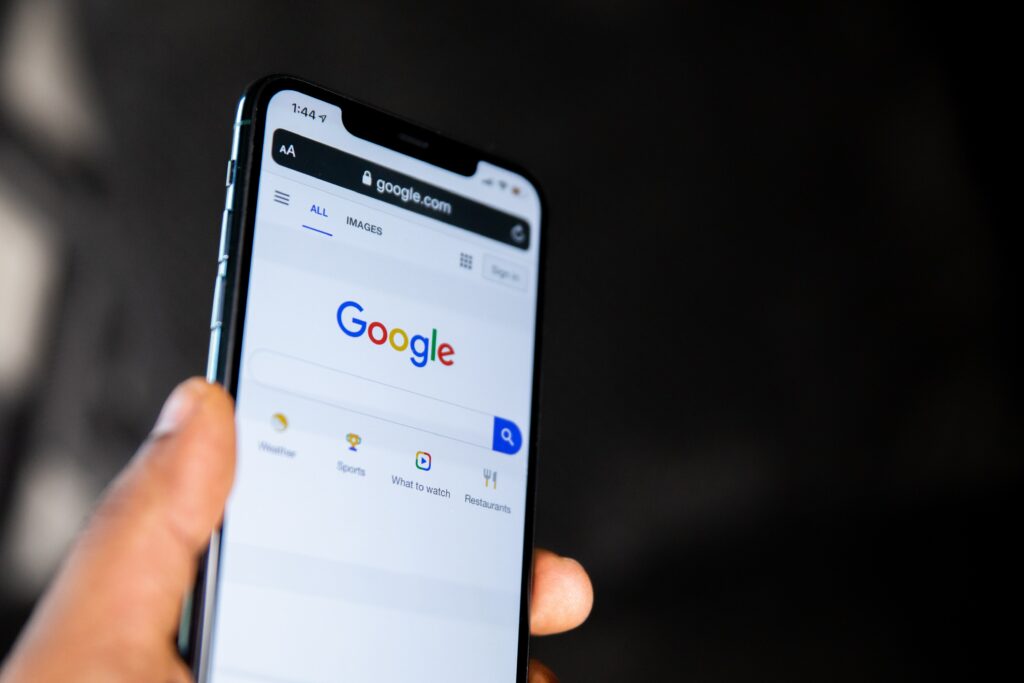
Quick test: google yourself!
The most interesting thing I found when I googled myself was the lack of personal content. Since I got social media in 2007, I can’t say I have always been aware of the security and privacy of my posted content. When I googled myself, I didn’t get any newspaper articles, or photos, and only had one link which was attached to my Instagram, which is private. It was a relief to see that not many people could actually see my content without my permission.
How can we help learners manage their digital footprint?
- Discussions/lessons- I believe having open discussions about it would be really important. I would likely take a couple of classes and talk about what it means to post a video or picture on the internet. I would discuss the importance of knowing who you are talking to online, and the positives and negatives of internet safety. When I was an educational assistant I worked with many ‘at-risk’ female students. After an assembly with the White Hatter, we had a class discussion where I learned that many of my students were, indeed, adding people who they did not know on social media. It then prompted a lesson on how to be more digitally safe and posed the question of “why” our students actually add these people. This conversation was with a grade 7 class but it would be relevant at younger ages, likely grade 3 and up, with some modification to the content.
- Try to keep tech in class – I’d like to try to keep phones and technology around, but with class set boundaries. When working in a middle school, we had a school policy of no cell phones, and while this was great, it didn’t actually teach students how to study and do homework with their phones nearby. I agree that middle schoolers are still young and are learning how to manage internet safety, but I also believe that by taking the phones away that we may not be actually teaching them how to function with this tech outside of the school walls.